Julie Golob, in addition to her work with Springfield Armory, also represents Trijicon. The optic was provided by Trijicon to her for this review, while the pistols were provided by Springfield Armory.
When it comes to rugged reliability in reflex red dots, Trijicon’s Ruggedized Miniature Reflex Optic, the RMR, is the first that comes to mind. The small optic with its tell-tale ears, a patented shape designed to divert the force of an impact away from the lens, is forged from 7075-T6 aluminum to MIL-spec standards. It has been rigorously tested, not only by Trijicon but also in passing demanding military and law enforcement contract requirements. This durable red dot with impressive battery life is trusted by these groups as well as those who carry concealed, hunters, and competitive shooters alike. Now, the RMR Type 2 is available with a green LED dot.
The market in reflex optics is overwhelmingly red. We even use the acronym RDS (Red Dot Sights) in everyday gun talk. Personally, I’ve always been happy with my red RMRs. As a member of Team Trijicon, I’ve used them in competition, hunting, and in the field successfully. It begs the question: is green better than red?
Going Green
For Trijicon, it started with science. Red works fine for many red dot users. It’s also true that humans have a thing for green. Because the color green lies in the middle of the visible light spectrum, it’s easier for the human eye to detect. We also see the differences in shades of green better than other colors.
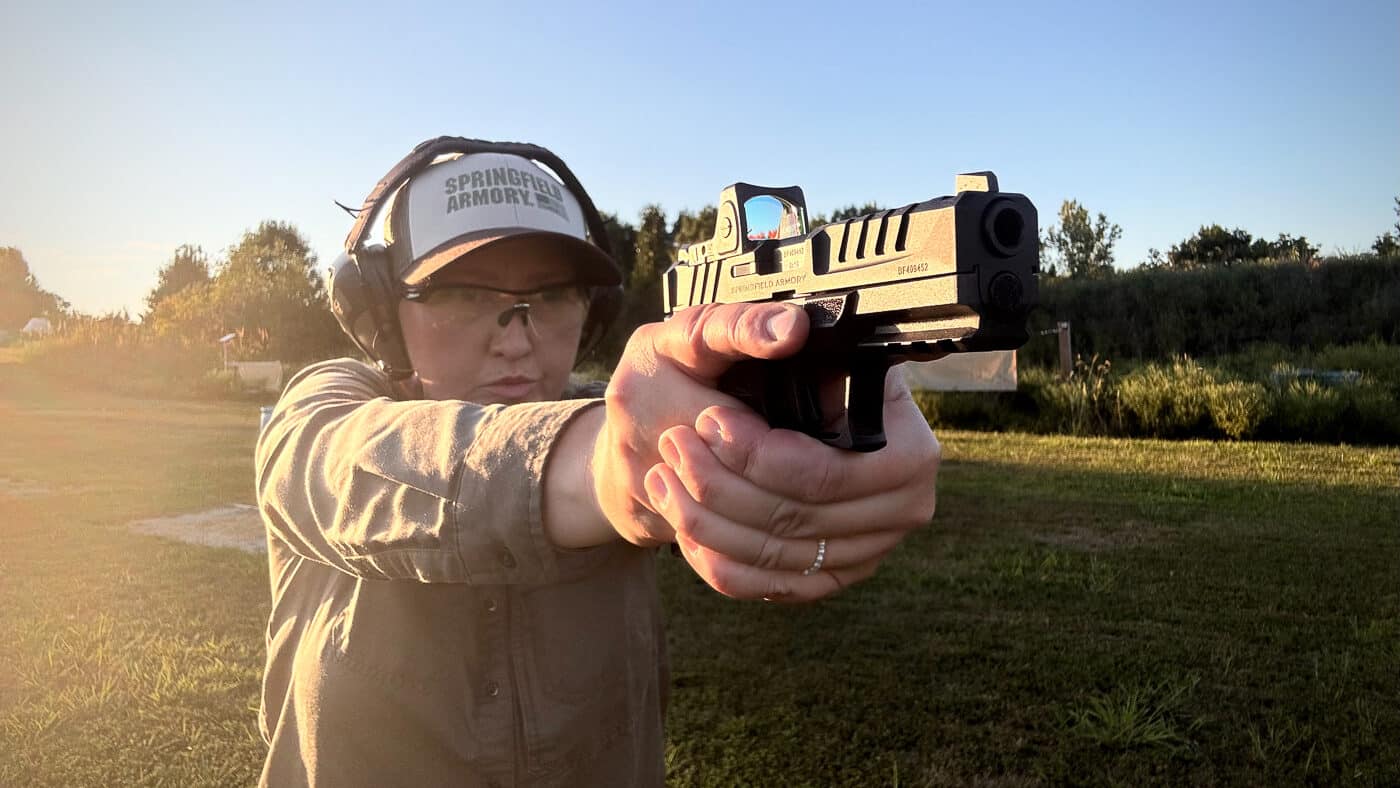
Beyond just what we visually perceive, the chlorophyll found in green plants all around us reflects and absorbs green light in the 500–570 nanometer (nm) wavelength range. The human eye’s peak sensitivity ranges between 530-534 nm. Understanding these facts, Trijicon designed its green LED in that ideal range.
Because the RMR’s green dot lies right in the sweet spot for our vision, a green dot can appear brighter than a red one. As a result, it can mean seeing the dot sooner, and hence getting on target faster. In the field, on the range or in real life, that can make all the difference. It’s not just in ideal conditions where green is brighter, either. It’s also the case for both bright conditions and in more challenging visual scenarios as well.
The Details
For those especially sunny days, the green dot can be seen at lower brightness settings. As a bonus, that translates to an even longer battery life. The RMR features a Button Lockout Mode that sets and preserves preferred brightness settings. It also offers a Battery Conservation Mode that adjusts to ambient lighting conditions after 16.5 hours, with no pressing of a button required. This makes for an impressive battery life of two years, with the dot always on.
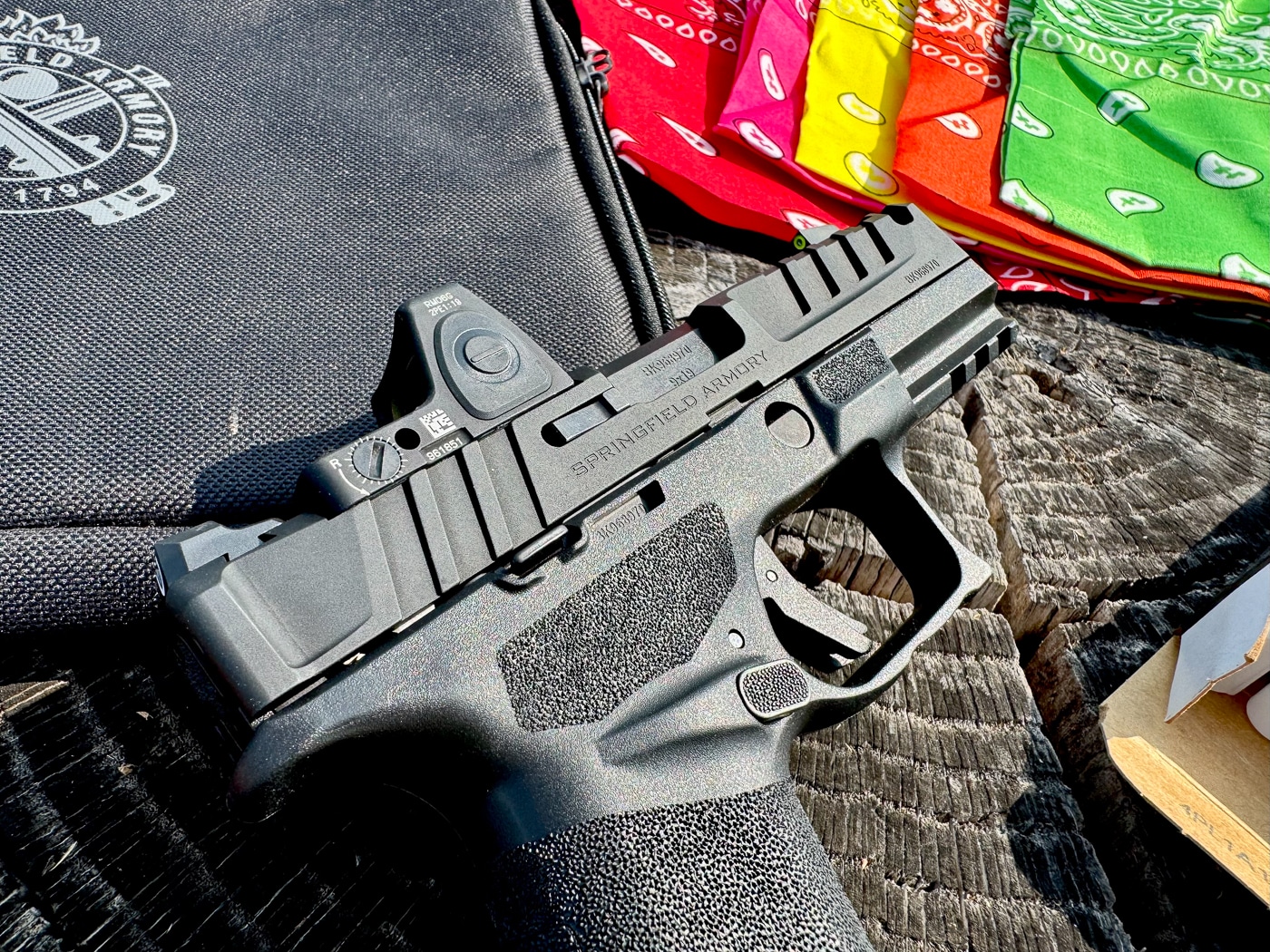
Green outperforms red when it comes to low light and challenging visual conditions, too. Shooters will notice an improvement in low-light performance thanks to the vivid contrast between the dot and the surroundings. It’s also good in hazy or foggy conditions. Misty mornings and fog test hunters and those enjoying an early range session as well. In these situations of fog, vapor or haze, the green dot will be easier to see than red.
Trijicon’s green dot, with its optimal wavelength, becomes less scattered in these atmospheric conditions, helping the shooter maintain clarity and visibility no matter the target. The wavelength of the green dot is less harsh on the eyes, helping reduce visual strain over time.
For those with vision challenges, green is even more enticing. Consider an astigmatism. This condition creates blurriness that can affect how people see both up close and far away. When it comes to shooting, an astigmatism can make dots flare or smear. Instead of seeing a clear, round point of light, the red dot streaks like a band of color, making it harder to shoot more precisely. It is estimated that between 30 and 40% people have a level of astigmatism that affects their vision. Where red dots can appear distorted, green dots can be clearer and easier for people with this vision issue to see and use.
In Practice
In shooting various action shooting competitions, some courses of fire require engaging targets beyond the typical white steel or tan cardboard most commonly seen. Red, orange, yellow, and some brown colored targets seem to suck the color out of my red dot, washing it out and negatively impacting my ability to see and shoot confidently. Hunting for the dot takes time, detrimental in sports that reward accuracy at speed.
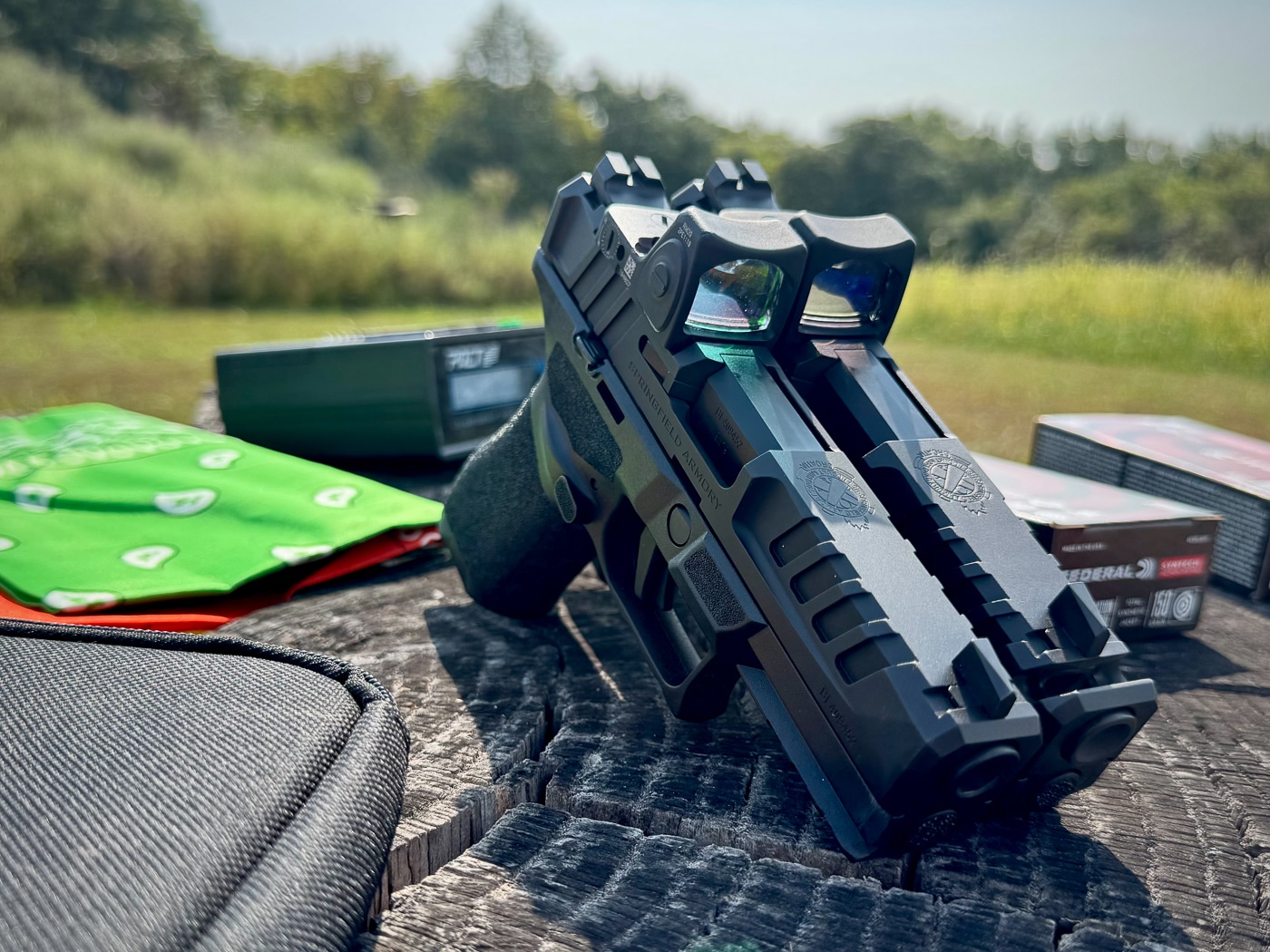
Science aside, I wanted to see for myself if I could notice a difference between red and green. I put 3.25 MOA RMRs on two Echelons. I added the red RMR to my 4.0C and the green to my 4.0C Comp.
For starters, the RMR looks like it was made for the Echelon. Thanks to the Variable Interface System for mounting optics, the RMR sits low on the slide, enough so that iron sights can be used as a backup. At the same time, the irons aren’t overly tall and distracting. Both dots were easy to mount, and windage and elevation adjustments were made without any special tools required. Zeroing was fast and simple.
Comparing the dots in a good shooting stance, I could see an immediate difference. The red RMR has a green tint to the glass, where the green has red. Incorporated to increase contrast, side-by-side, the green dot does appear to be brighter and clearer.
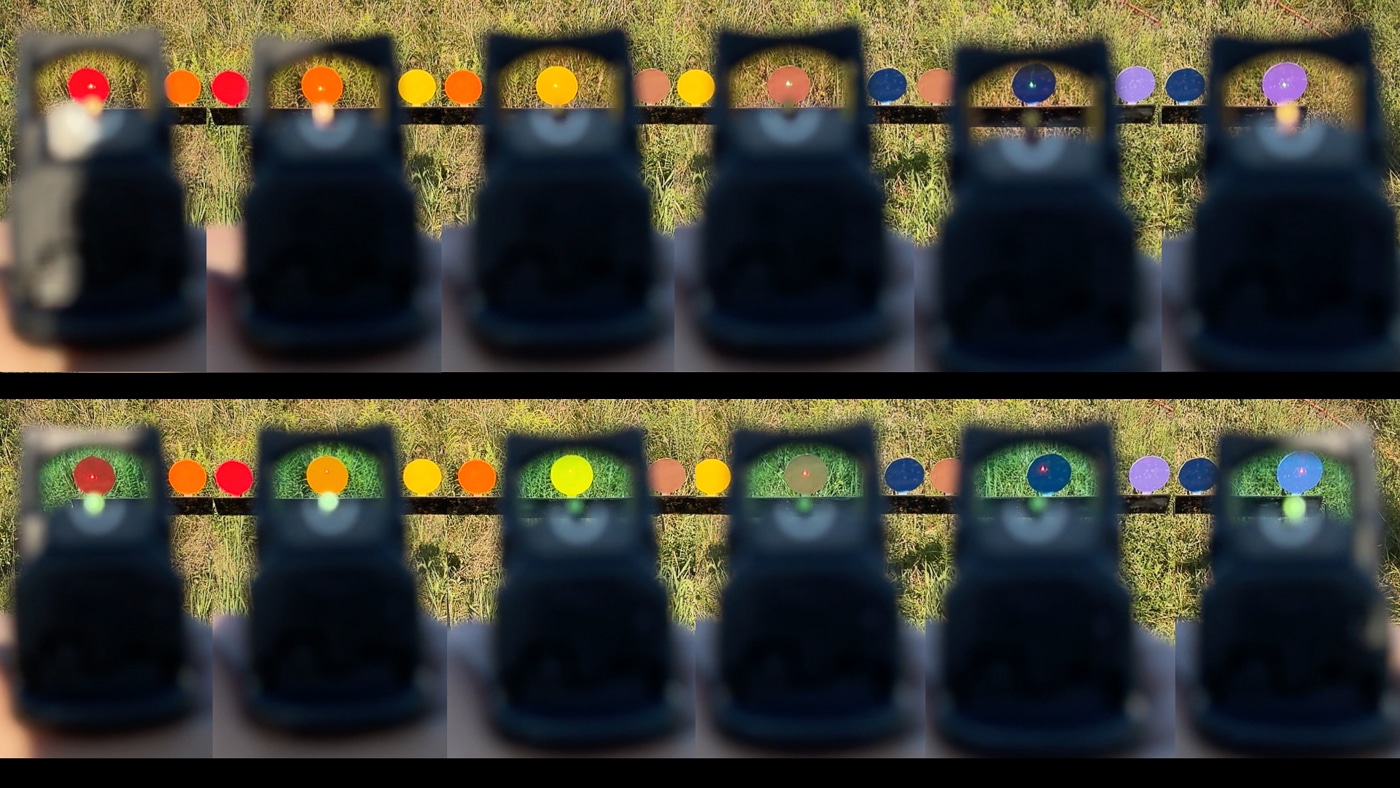
To test how the two dots work against a variety of hues, I visited my local hardware store to purchase an array of spray paint colors. I painted a plate rack with six different colors: red, orange, yellow, a warm brown, dark blue and purple. I had no problem seeing the red or green on brown, blue, and purple steel. The red dot also appeared decently on the red plate, but the green RMR offered more noticeable contrast. The greatest difference for me was with the orange and yellow targets. I had to hunt for the red dot on these, whereas with the green dot, it was bright, fast, and easy to see.
But what about green on green? To test this, I also painted two Caldwell Steel Targets, one in a medium green shade and the other fluorescent green. With a variety of green vegetation as a backdrop, I was curious to see how red and green compared. Green outperformed red on the darker steel, and it was easier to track the dot in the transitions from target to target through the green vegetation.
I expected the neon target to be challenging for both dots. Red became noticeable thanks to the color difference, but I was surprised by how green appeared almost white on the brightly painted target. I could see green the same as the red.
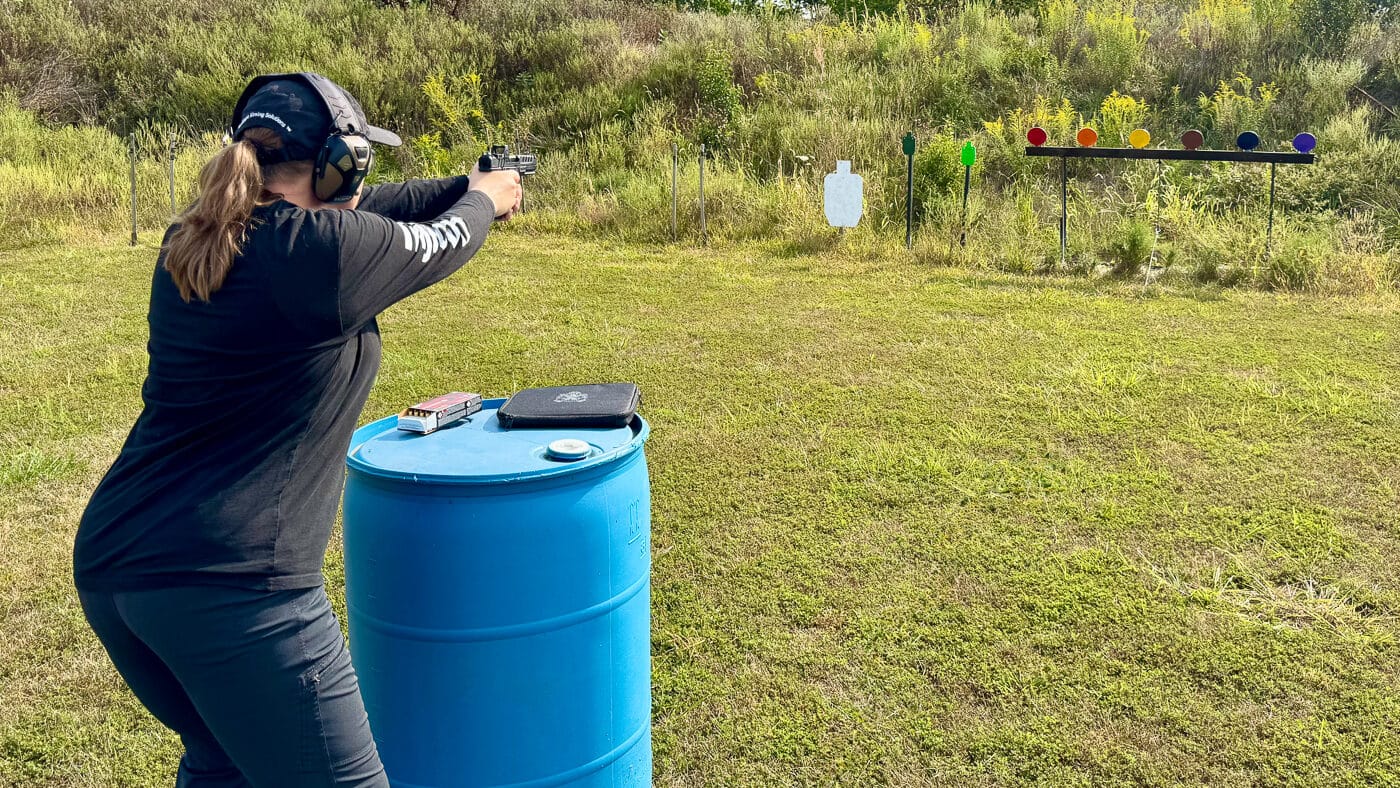
On the Range
To negate the advantage of the Echelon 4.0C Comp’s porting over the 4.0C in recoil control, to start, I focused on one-shot target presentations from the ready. After that, I incorporated target transitions, stapling five different colored bandanas to targets spread across the range. As a right-handed shooter, my left-to-right transitions tend to be faster and more consistent, so I shot several runs with each Echelon in this manner. Finally, I incorporated wide, back-and-forth target transitions.
Using a shot timer, I recorded the times for my first shot and the total time for each string. My first shots from the ready were consistently faster with green. Over the 300-round range session, those first shot presentations averaged nearly a tenth faster, .87 seconds with the red dot and .76 seconds with the RMR Green. My overall times were also faster with the green LED dot. More importantly, green just felt faster. It was just easier for my eyes to pick up, and I was surprised by how I felt more confident with it.
Conclusion
With a strong and durable structural design, and electronics and battery contacts that prove to be reliable under stiff recoil and harsh use, Trijicon’s reputation for designing and testing optics means something. You can trust this optic on the range, in the field, and for personal and home defense.
Now available in green, this American-made, light, and compact dot offers an option for more people to successfully use an optic. An easier-to-see green dot may improve your performance and confidence, no matter the application. If you’re in the market to upgrade to an RDS, it’s well worth checking out this GDS, the Trijicon RMR with green LED.
Editor’s Note: Please be sure to check out The Armory Life Forum, where you can comment about our daily articles, as well as just talk guns and gear. Click the “Go To Forum Thread” link below to jump in and discuss this article and much more!
Join the Discussion
Featured in this video
Read the full article here





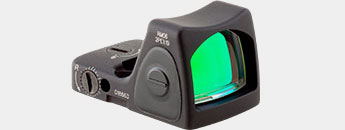








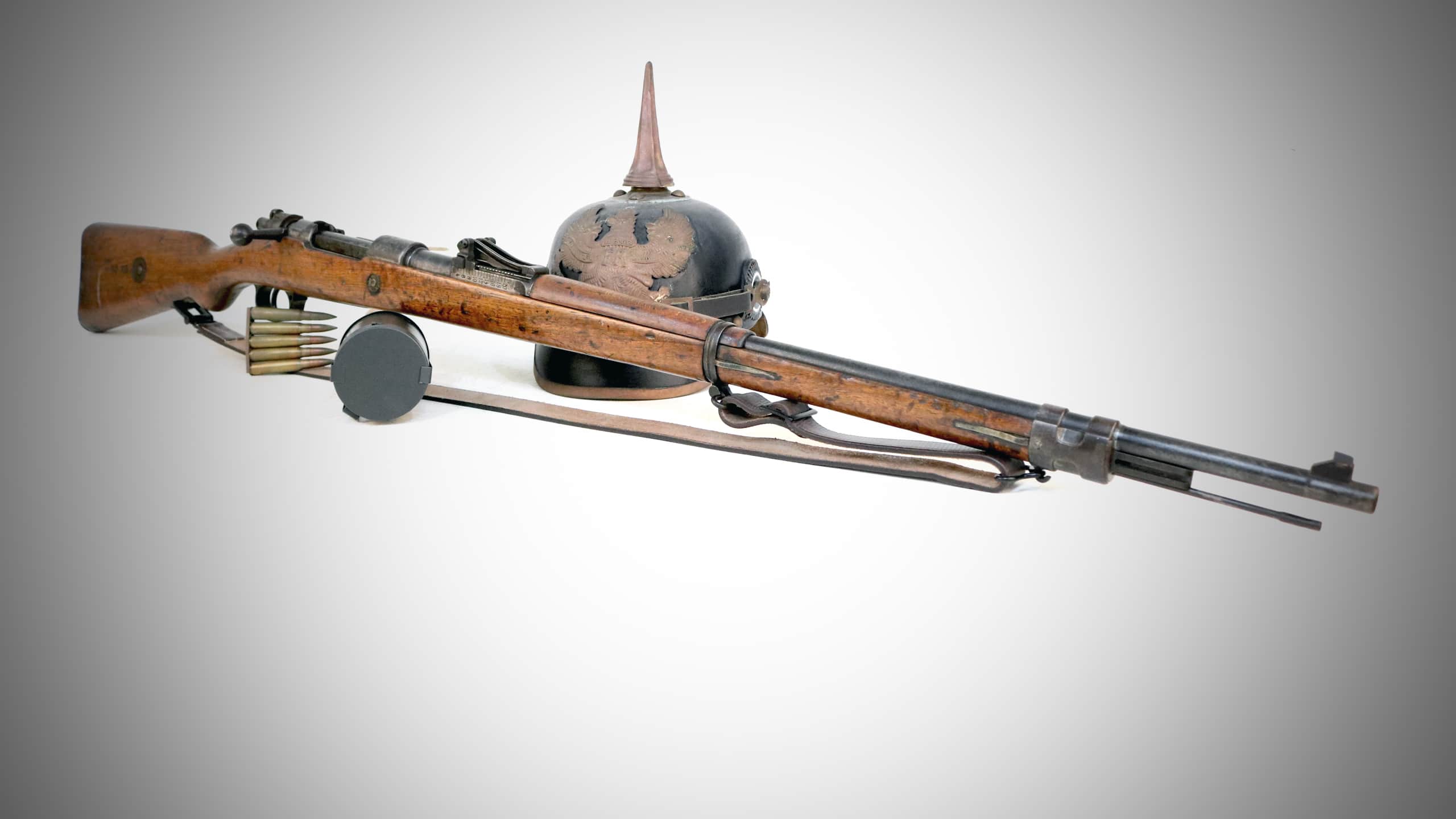



Leave a Reply